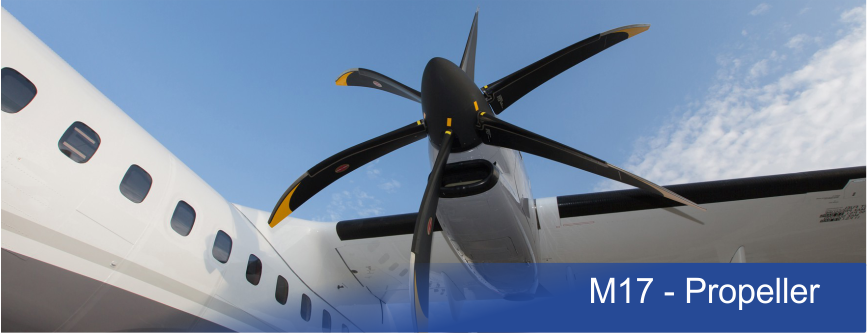
Module 17 – Propeller
If you want to move forward, you need to push backward – that fundamental law of physics was first described in the 18th century by Sir Isaac Newton and still holds true today. Newton’s third law of motion is not always obvious, but it’s the essence of anything that moves, and applies also for propellers which pulls or pushes the aircraft forward by hurling a mass of air behind.
A propeller is a type of fan that transmits power by converting rotational motion into thrust. A pressure difference is produced between the forward and rear surfaces of the airfoil-shaped blade and the air is accelerated behind the blade.
The performance of a propeller in flight involves several complex issues, and the high performance propellers that are available today are the product of a huge amount of engineering, development, testing, and sometimes mistakes that have been made through the years.
This module will take you through everything that an aircraft propeller means, from the basic construction, pitch control, synchronizing, to the means of protecting it from ice during flight, store and preserve it during periods of inactivity.

I regard something genuinely special in this web site.